7+ Sample Home Rental Contracts
-
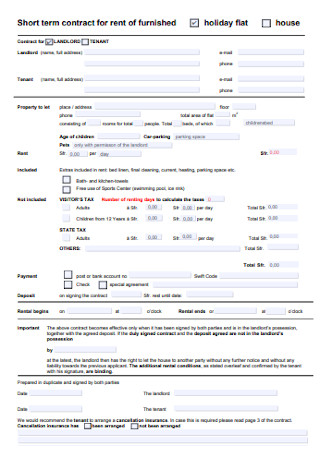
House Contract for Rent of House Furnished
download now -
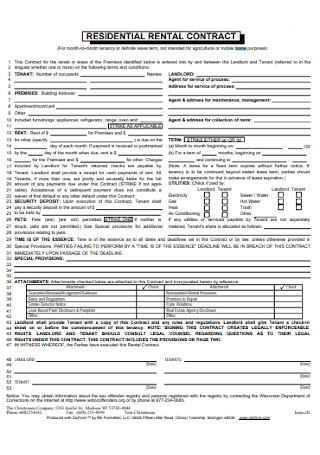
Residential Home Rental Contract
download now -

Mobile Home Rental Contract
download now -
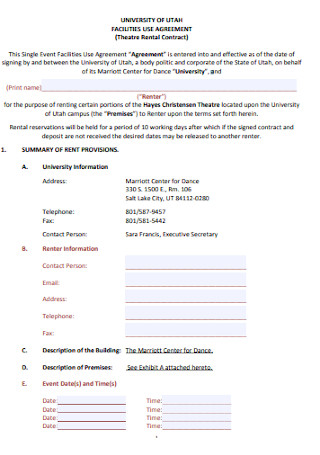
Home Theater Rental Contract
download now -
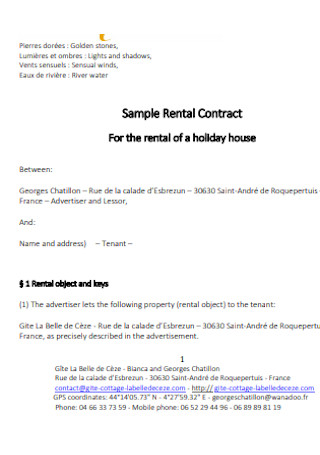
Holiday House and Home Rental Contract
download now -
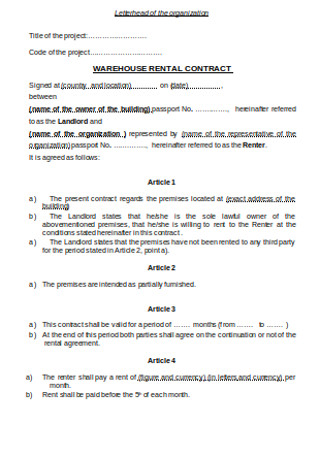
Warehouse Rental Contract
download now -
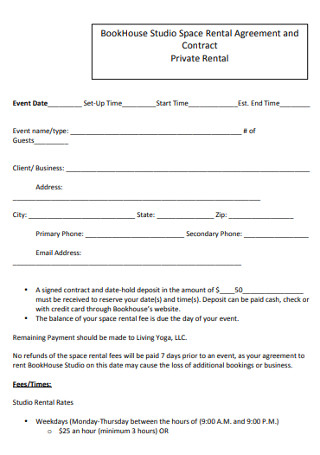
Home Studio Rental Agreement and Contract
download now -

Club House Rental Contract
download now
FREE Home Rental Contract s to Download
7+ Sample Home Rental Contracts
What Is a Home Rental Contract?
Common Terms That Is Used In a Home Rental Agreement
How To Create a Home Rental Agreement?
FAQs:
What Is the Distinction Between a Lease and a Rental Agreement?
What Is the Best Way to Rent Out a Room in My House?
When a Tenant Breaks a Lease, What Happens?
Lease agreements are legally enforceable contracts that spell out the tenant’s and landlord’s responsibilities and rights. Even if you’re merely renting a room in your house to a friend or family member, you’ll need a lease agreement to protect yourself legally if you have issues with your tenants.
A Home Rental Contract can be used for these types of scenarios. Are you looking for a Home Rental Contract to legally rent a place with the utmost supervision? Then you come to the right website, continue scrolling and download our Home Rental Contract that is suitable for your needs. Scroll through our printable sample template lease agreements below and use it to rent out a property.
What Is a Home Rental Contract?
A rental agreement is a contract between you and your tenant that spells out the condition of the tenancy. As you determine what enters into the agreement, you can have it drafted in a way that is advantageous to you. The majority of rental agreements are for short periods of time, such as month-to-month tenancies, whereas lease arrangements are typically for longer periods of time, such as six months, a year, or more. If you want to make sure your tenant is trustworthy or if you’re renting a room in a house where you live, a rental agreement is an excellent option. A month-to-month tenancy is easier to end than a protracted lease.
A rental agreement is a contract between you and your tenant that spells out the details of the tenancy. Because you determine what enters into the agreement, you can have it drafted in a way that is advantageous to you. The majority of rental agreements are for short periods of time, such as month-to-month tenancies, whereas lease arrangements are typically for longer periods of time, such as six months, a year, or more. If you want to make sure your tenant is trustworthy or if you’re renting a room in a house where you live, a rental agreement is an excellent option. A month-to-month tenancy is easier to end than a protracted lease.
Common Terms That Is Used In a Home Rental Agreement
Certain terms should be included in a month-to-month rental agreement to safeguard you. If you’re a first-time landlord, it’s generally beneficial to have an attorney draft a rental agreement for you, even if it’s only a one-page document.
If you include these clauses in your rental agreement, you’ll be protected if your tenant turns out to be someone you don’t want to rent to. The rental agreement makes it simple for you to ask them to leave and outlines what they’ll be responsible for if they don’t.
How To Create a Home Rental Agreement?
A rental agreement is a legal document that describes the agreement between a real estate owner and a third party who will pay rent in exchange for permission to occupy the property. This is a contract that documents the use of a facility, whether residential or commercial, for a specific amount of time in exchange for a fee. The details of this contract can be negotiated between the landlord and the renter. However, once both parties sign the agreement, it becomes legally and mutually binding. See our tips below to know how to create a home rental agreement:
1. Remember to include the following in a lease agreement
As a landlord, you should remember that the following information and clauses in a lease agreement should be included in order for you to have proof and a copy of the contract that you and the tenant agreed to.
- Name of all tenants – The name of the tenants should be written in the agreement so that you’ll know their identity and for you to assure the safety of your other tenants. Along with this, you can also ask for their valid ID after evaluating the agreement to ensure that the name they have written in the agreement matches with their ID. The tenant should be writing the names of every adult who will be living in the property.
- Term – stating the duration of the lease is also important, this is because in case the tenant wants to revoke the agreement you have proof that the tenant agreed to stay in the property for this number of months or years. You should include whether it is for a fixed term or if the tenant wants to renew by the end of their tenancy.
- Rent – indicate in the agreement the rent amount that the tenant will pay in order to live in the property and which day of the month the rent will be paid on. This is also very important to avoid discrepancies between you as the landlord and the tenant with the monthly rent of the property.
- Premises – describe the property and where it is located
- Security deposit – Set aside an amount of money that the renter will give the landlord to hold in case of damage.
2. Rules and important policies
To avoid problems in the future, the landlord should set the rules before the tenant will sign the agreement. This is important because the tenant would be able to know ahead of time what are the things that they are not allowed to do and what they are only allowed to do in the property. Include any rules or regulations that are so important to you that you would wish to evict a renter who broke them. Other rules that aren’t as important can be written in a separate rules and regulations paper. In most leases and rental agreements, landlords include the following policies:
- There will be no illegal activity: You should include an explicit provision barring unlawful and disruptive activities, such as drug dealing, drug usage, and excessive noise or disturbance, to limit your potential responsibility and assist avoid injury to others and your property.
- Smoking: You have the right to make your rental smoke-free or smoke-restricted. If you don’t allow smoking, keep in mind that the prohibition applies to all types of smoking, including marijuana and vaping. If you have a smoking ban, make a list of where and when renters are allowed to smoke.
3. Indicate who will be doing the maintenance and repairs of the property
It is never new to us that there are times that as tenants we can damage some of the items inside the property or the property itself such as the sink, tiles or wall painting. As a landlord, it is also important to include who will be responsible for such maintenance and repairs of the property, this is to ensure that the tenant will be taking care of the property to avoid problems once the term ends. If by the end of the term there are damages to the property, the tenant will be asked to repair everything before the landlord will allow the tenant to leave in the property. This is why a security deposit becomes handy because in cases like this wherein there are damages, the landlord can choose not to release the security deposit unless the damages are fixed.
4. Information about how to contact the landlord
Consider making it a requirement for tenants to communicate with you in writing about specific issues. Although texting and instant messaging may work for some conversations, you’ll want to be able to retain a reliable—and printable—record of all talks with your tenants in case you ever need to show a judge. You could say, for example, that tenants must request repairs in writing or give notice to discontinue the tenancy by mailing a letter to a specific address. If you agree to accept email, make sure you check it frequently and have systems in place to save (and backup) everything you send and receive.
5. Landlord Disclosures are a legal requirement.
Certain information may be required to be disclosed in your lease or rental agreement by federal, state, and local regulations. You might have to tell tenants about lead-based paint or the unit’s bed bug history, for example. You should also check to see if your lease or rental agreement violates any rent control, antidiscrimination, or health and safety rules. Consider having your lease or rental agreement reviewed by a local landlord-tenant attorney to ensure that it conforms with all applicable regulations.
FAQs:
What Is the Distinction Between a Lease and a Rental Agreement?
The duration of the contract is the difference between a lease and a rental arrangement. Rental agreements are often short-term (12 to 24 months), whereas lease arrangements are normally long-term (12 to 24 months) (a few weeks or months). If you’re selecting between a lease and a rental, keep in mind that a lease provides more security, while a rental arrangement allows more freedom.
What Is the Best Way to Rent Out a Room in My House?
You rent out a room in your house using a lease agreement that specifies that you are only renting out a room and not the full house. If you’re a renter in a rental property, you can use a room rental agreement to sublet a room to another tenant. Both a conventional residential lease and a room rental agreement provide you the flexibility to determine quiet hours, visitation times, utility payment splits, and pet, smoking, and parking policies. Both parties must sign an agreement to rent a room, and the landlord must collect a security deposit from the tenant before handing over the keys.
When a Tenant Breaks a Lease, What Happens?
If a tenant breaks a lease, the landlord may try to work out a solution by giving the renter a chance to correct the problem (unless the violation is major, such as using the property to sell or manufacture illegal drugs). If the problem isn’t remedied within a specific amount of time (as dictated by state law), the landlord can start the eviction process to kick the tenant out. Unpaid rent and utility bills, property damage, and the tenant breaching the law are all common lease violations.
Landlords should check local and state legislation before drafting a rental agreement to ensure that all clauses comply with legal requirements. Subleases, notice requirements, and how a landlord can deal with a property if a tenant leaves without paying rent are all things that local and state laws can control. These laws may differ depending on where you live. A rental agreement can provide crucial safeguards to a landlord who is planning to rent a property. Consult an attorney before establishing a rental agreement to verify that you’ve covered all of the bases.
